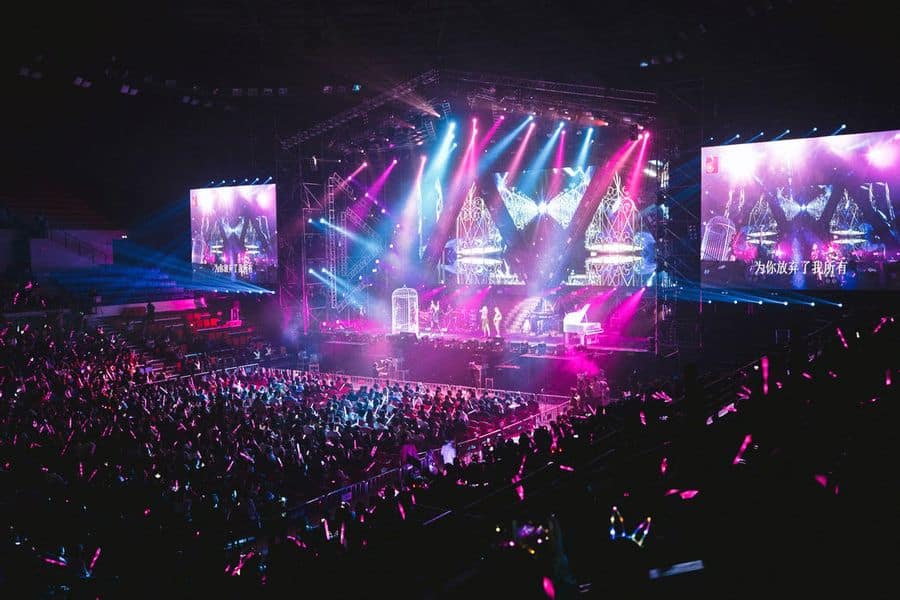Benefits of Light Emitting Diode Video Screens Compared to Traditional Projector Technologies for Contemporary Visual Presentations
LED display screens have grown increasingly popular in multiple environments, such as educational institutions, corporations, and entertainment locations. These sophisticated visual technologies offer numerous advantages over conventional projector systems. Understanding these benefits can help organizations make informed choices about their display needs. This article will examine the key benefits of LED video walls, including brightness, image quality, flexibility, maintenance, and power conservation.One of the key significant benefits of LED display screens is their brightness. LED tech produces lively and bright pictures that can be readily seen in multiple lighting environments. Unlike conventional projectors, which can have difficulty in brightly lit environments, LED display screens maintain their clarity and hue precision even in bright rooms. This makes them ideal for external events or locations with big openings. The elevated brightness levels ensure that the material displayed is consistently clear, making it easier for viewers to engage with the data being shown.
In addition to brightness, Light Emitting Diode display walls provide superior visual quality. They offer higher definition and better hue reproduction compared to conventional projector systems. This means that images and footage displayed on an Light Emitting Diode screen appear sharper and more detailed. The dot concentration of Light Emitting Diode screens allows for near observation without losing clarity, which is especially important in environments like trade fairs or meetings where viewers may be close to the screen. Furthermore, LED technology can produce deeper blacks and more intense colors, enhancing the complete aesthetic experience.
Flexibility is another key benefit of LED video screens. These technologies can be configured in multiple dimensions and forms to fit varied spaces and aesthetic needs. Unlike conventional projectors, which require a specific distance from the display to operate correctly, LED display screens can be installed in a variety of environments. They can be bent, arranged, or even used in innovative arrangements to create distinct display presentations. This adaptability allows companies to tailor their visual exhibits to suit their specific needs, making LED video screens a flexible option for any setting.
Upkeep is also a crucial factor when contrasting LED display walls to conventional projector systems. LED screens generally require fewer maintenance over the years. Conventional projectors often need bulb replacements and regular maintenance to maintain optimal performance. In contrast, Light Emitting Diode tech has a greater duration and does not require regular replacements. This reduces inactivity and upkeep expenses, making Light Emitting Diode video walls a more cost-effective option in the long-term future. Companies can concentrate on their displays rather than concerned about the upkeep of their display systems.

Lastly, power conservation is an essential factor for many organizations. LED video walls consume less power compared to conventional projector technologies, which can lead to substantial reductions on power costs. This is particularly advantageous for companies and locations that use screens for long periods. Additionally, the lower power usage of Light Emitting Diode tech contributes to a reduced environmental impact, making it a more sustainable choice. By choosing LED video walls, organizations can benefit from premium display displays while also being mindful of their energy use and environmental footprint.
In conclusion, LED video screens offer many benefits over conventional projector technologies. Their luminosity, image quality, adaptability, minimal upkeep requirements, and power conservation make them an excellent choice website here for modern visual displays. As innovation continues to progress, Light Emitting Diode display walls are likely to become even more prevalent in multiple environments, providing companies with the resources they need to effectively communicate and interact with their viewers.